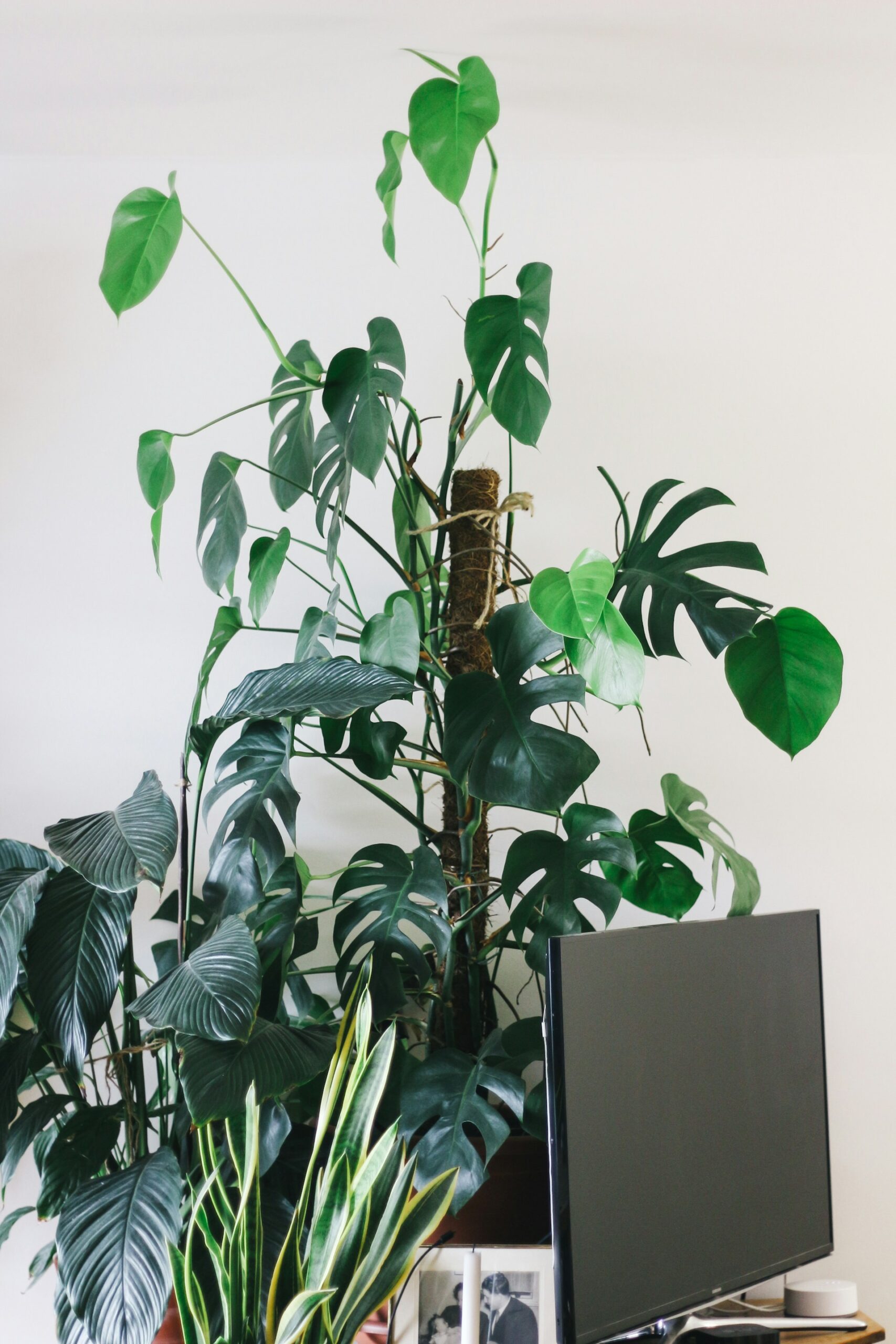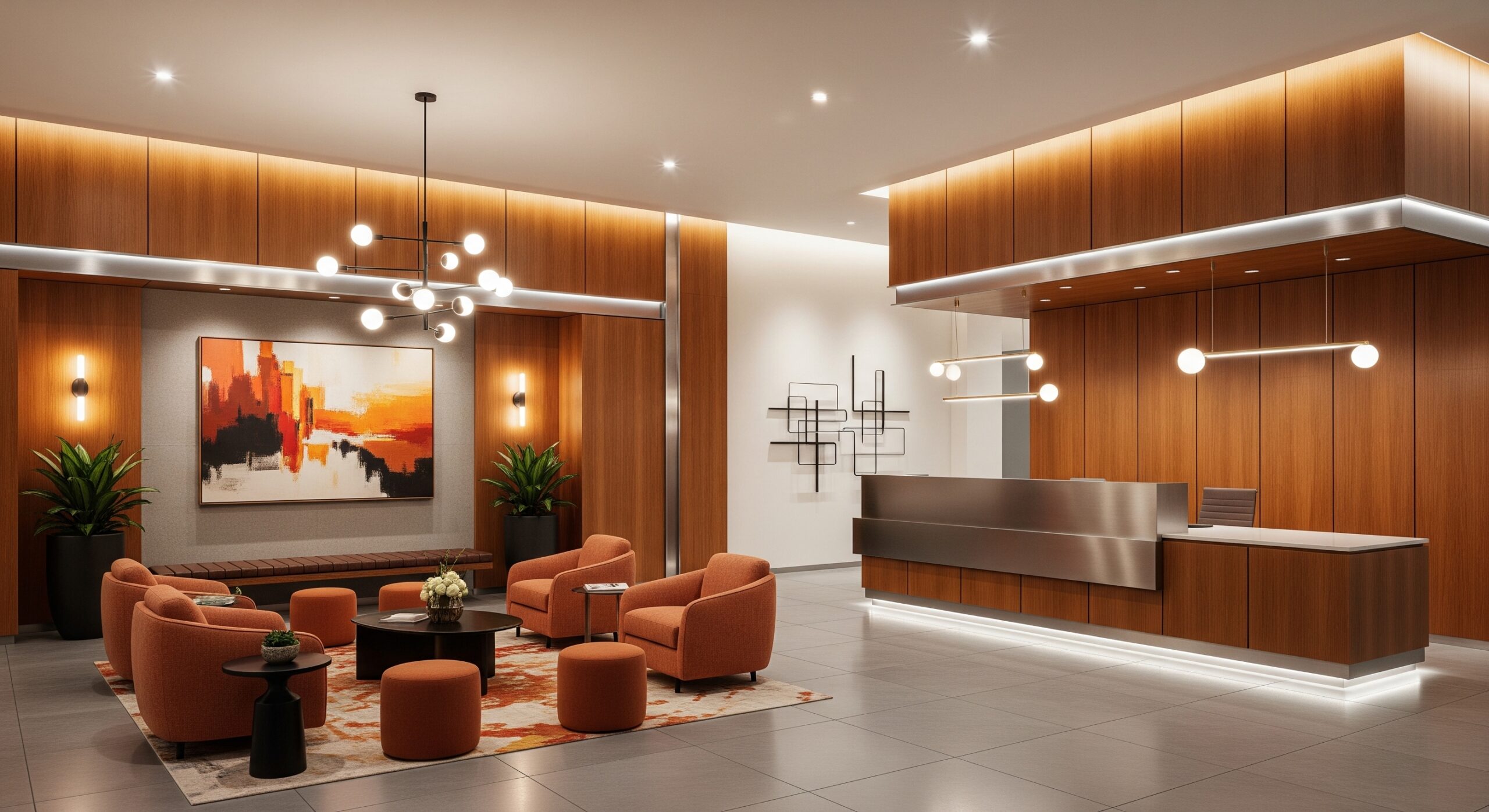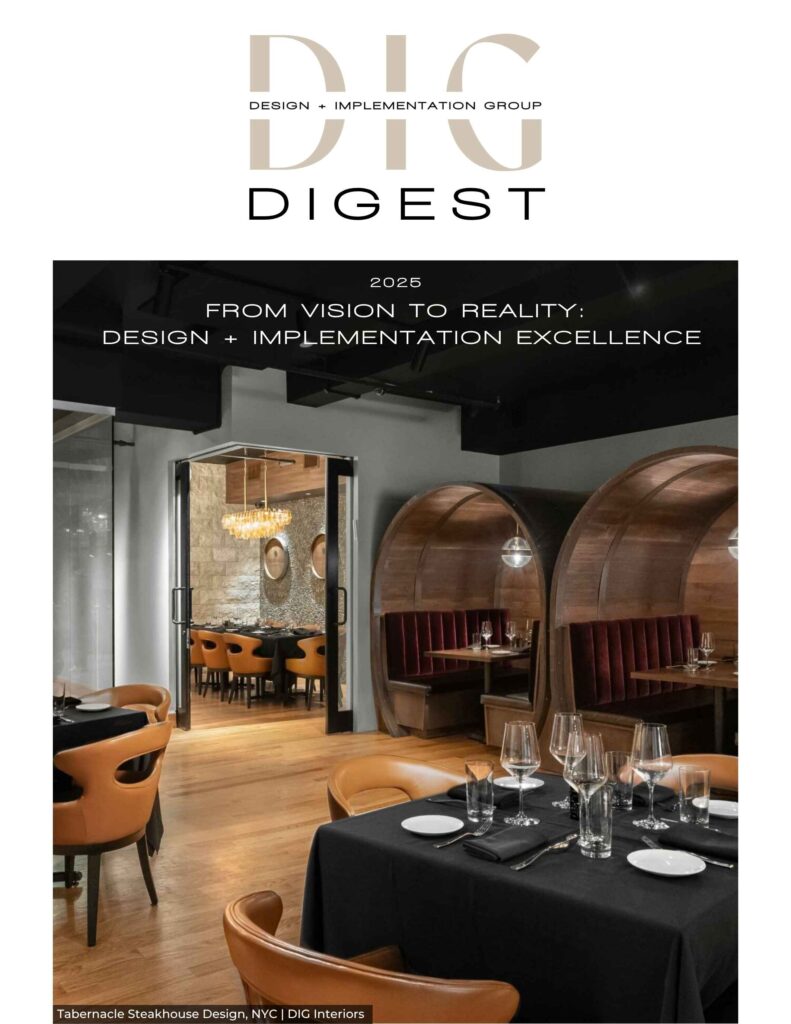In today’s fast-paced urban environments, the desire to reconnect with nature has never been stronger. Biophilic design, which incorporates natural elements into our living spaces, has gained popularity for its ability to reduce stress, increase productivity, and improve overall well-being. While luxury homes and high-end offices often showcase elaborate biophilic designs, it’s entirely possible to bring nature into your home without breaking the bank. This article will explore various affordable ways to implement biophilic design principles in your living space, creating a harmonious blend of nature and comfort.
Understanding Biophilic Design
Biophilic design is an approach that seeks to connect building occupants more closely to nature. It stems from the concept of biophilia, which suggests that humans have an innate tendency to seek connections with nature and other forms of life. By incorporating elements of nature into our built environments, we can create spaces that are not only aesthetically pleasing but also psychologically and physiologically beneficial.
The principles of biophilic design include direct experience of nature (such as plants, water, and natural light), indirect experience of nature (like natural materials, colors, and patterns), and experience of space and place (for example, prospect and refuge, organized complexity). Let’s explore how we can apply these principles in affordable ways throughout our homes.
Bringing Plants Indoors
One of the most straightforward and cost-effective ways to incorporate biophilic design is by introducing indoor plants. Plants not only add visual appeal but also improve air quality and can boost mood and productivity. For those who don’t have a green thumb or much time for plant care, consider low-maintenance options like Snake Plants, ZZ Plants, Pothos, or Spider Plants. These hardy species thrive in various light conditions and require minimal care, making them perfect for busy households.
To maximize the impact of your plants without spending much, get creative with your displays. Repurpose old containers as planters, create a vertical garden using a hanging shoe organizer, or use a ladder or shelving unit as a plant stand. For an extra touch of nature, consider hanging plants from the ceiling using macramé plant hangers, which you can even DIY for additional savings.
Maximizing Natural Light
Natural light is a crucial element of biophilic design, promoting better sleep patterns and overall well-being. To maximize natural light in your home, consider removing heavy curtains and replacing them with sheer or light-filtering options. Place mirrors strategically to reflect light deeper into rooms and keep windows clean to allow maximum light penetration. If you have outdoor vegetation blocking sunlight, consider trimming it back. Finally, using light-colored paint on walls can help reflect more light throughout your space, creating a brighter, more natural ambiance.
Incorporating Natural Materials
Natural materials add texture and warmth to your space, creating a connection to the outdoors. Wood elements can be incorporated by using reclaimed wood for shelving or as a decorative accent wall, adding wooden picture frames or a driftwood mirror, or replacing plastic utensils with wooden ones in the kitchen. Stone and pebbles can be used to create a pebble mat for your bathroom or entryway, as vase fillers, or to make unique coasters from sliced agate or other stones. Natural fibers like jute or sisal can be introduced through rugs, while cotton, linen, or wool throws and pillows add comfort and texture. Consider hanging woven baskets on the wall as art pieces for an additional touch of nature.
Nature-Inspired Colors and Patterns
Incorporating colors and patterns found in nature can create a calming, biophilic atmosphere without the need for major renovations. Consider using nature-inspired color palettes such as earth tones (browns, tans, and warm greys), forest hues (various shades of green paired with wood tones), ocean-inspired colors (blues and aquas with sandy neutrals), or sunset colors (warm oranges, pinks, and purples). These can be incorporated through paint, textiles, or accessories.
Natural patterns can be introduced through textiles, wallpaper, or art. Look for designs featuring leaf prints, floral motifs, animal prints, or geometric patterns inspired by natural forms like honeycombs or crystals. These elements can add visual interest and reinforce the connection to nature in your space.
Creating a Water Element and Enhancing Outdoor Connections
Water features can add a sense of tranquility to your space. While large water features can be expensive, there are budget-friendly alternatives such as small tabletop fountains, DIY water walls using a picture frame and pump, or even simple glass bowls with floating candles and flowers. For those who prefer a low-maintenance option, consider using sound machines or apps that play water sounds to create a similar effect.
Enhancing your connection to the outdoors doesn’t have to be costly. Try rearranging furniture to face windows with natural views or create a small balcony or window garden. If you lack a view, use nature-themed art or photographs to create the illusion of outdoor scenes. Installing a bird feeder outside a window can attract wildlife, bringing a touch of nature right to your doorstep.
Incorporating Natural Scents and Creating Cozy Nooks
Scent is a powerful way to connect with nature. Consider using essential oils in a diffuser, placing bowls of dried herbs or flowers around your home, or making your own natural air fresheners using herbs and citrus peels. Burning natural beeswax or soy candles with nature-inspired scents can also help create a more natural atmosphere.
To fully embrace biophilic design, designate areas in your home that embody the feeling of being in nature. Create a reading nook with a comfortable chair, plants, and natural textures. Set up a meditation corner with a natural fiber cushion and calming nature sounds. Or design a nature-inspired home office with a view of greenery and natural materials. These dedicated spaces can serve as personal retreats, allowing you to fully immerse yourself in a nature-inspired environment.
Conclusion
Incorporating biophilic design into your home doesn’t have to be an expensive endeavor. By focusing on affordable solutions like adding plants, maximizing natural light, using natural materials, and incorporating nature-inspired colors and patterns, you can create a space that feels connected to the natural world. These small changes can have a significant impact on your well-being, reducing stress and increasing your overall quality of life.
Remember, biophilic design is about creating a meaningful connection with nature. It’s not about perfection or luxury, but about bringing elements of the natural world into your daily life in ways that resonate with you. Start small, be creative, and gradually transform your living space into a natural haven that nurtures both body and soul.





